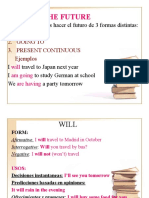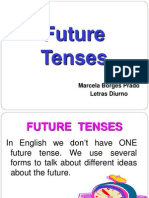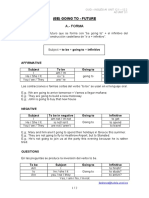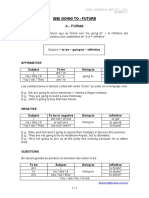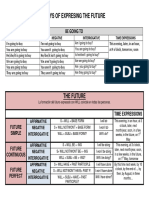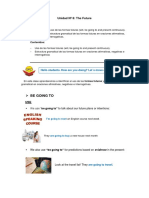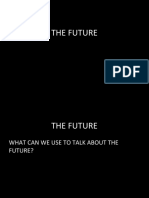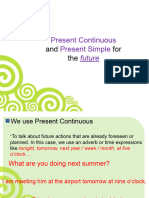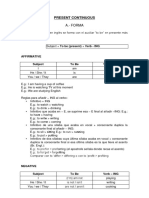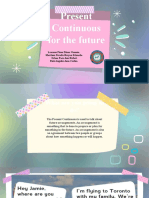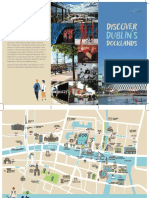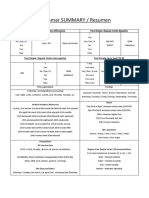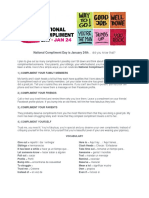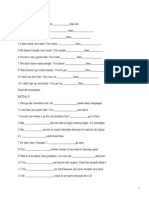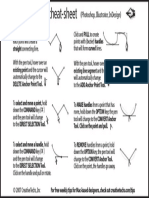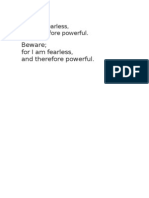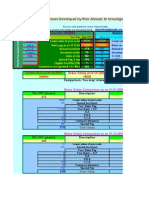0% found this document useful (0 votes)
40 views1 pageFuture Forms Will: Won't Be LL Rain LL Get
This document summarizes the uses of will, be going to, and present continuous tenses in English. Will is used to make predictions or express recently decided actions. Be going to expresses intentions that have been decided before speaking or predictions that are certain to occur, with evidence. Present continuous is used to talk about fixed plans with other people, stating an exact time. Examples are provided to illustrate the differences between be going to and present continuous.
Uploaded by
Andres MinguezaCopyright
© © All Rights Reserved
We take content rights seriously. If you suspect this is your content, claim it here.
Available Formats
Download as DOCX, PDF, TXT or read online on Scribd
0% found this document useful (0 votes)
40 views1 pageFuture Forms Will: Won't Be LL Rain LL Get
This document summarizes the uses of will, be going to, and present continuous tenses in English. Will is used to make predictions or express recently decided actions. Be going to expresses intentions that have been decided before speaking or predictions that are certain to occur, with evidence. Present continuous is used to talk about fixed plans with other people, stating an exact time. Examples are provided to illustrate the differences between be going to and present continuous.
Uploaded by
Andres MinguezaCopyright
© © All Rights Reserved
We take content rights seriously. If you suspect this is your content, claim it here.
Available Formats
Download as DOCX, PDF, TXT or read online on Scribd
/ 1








